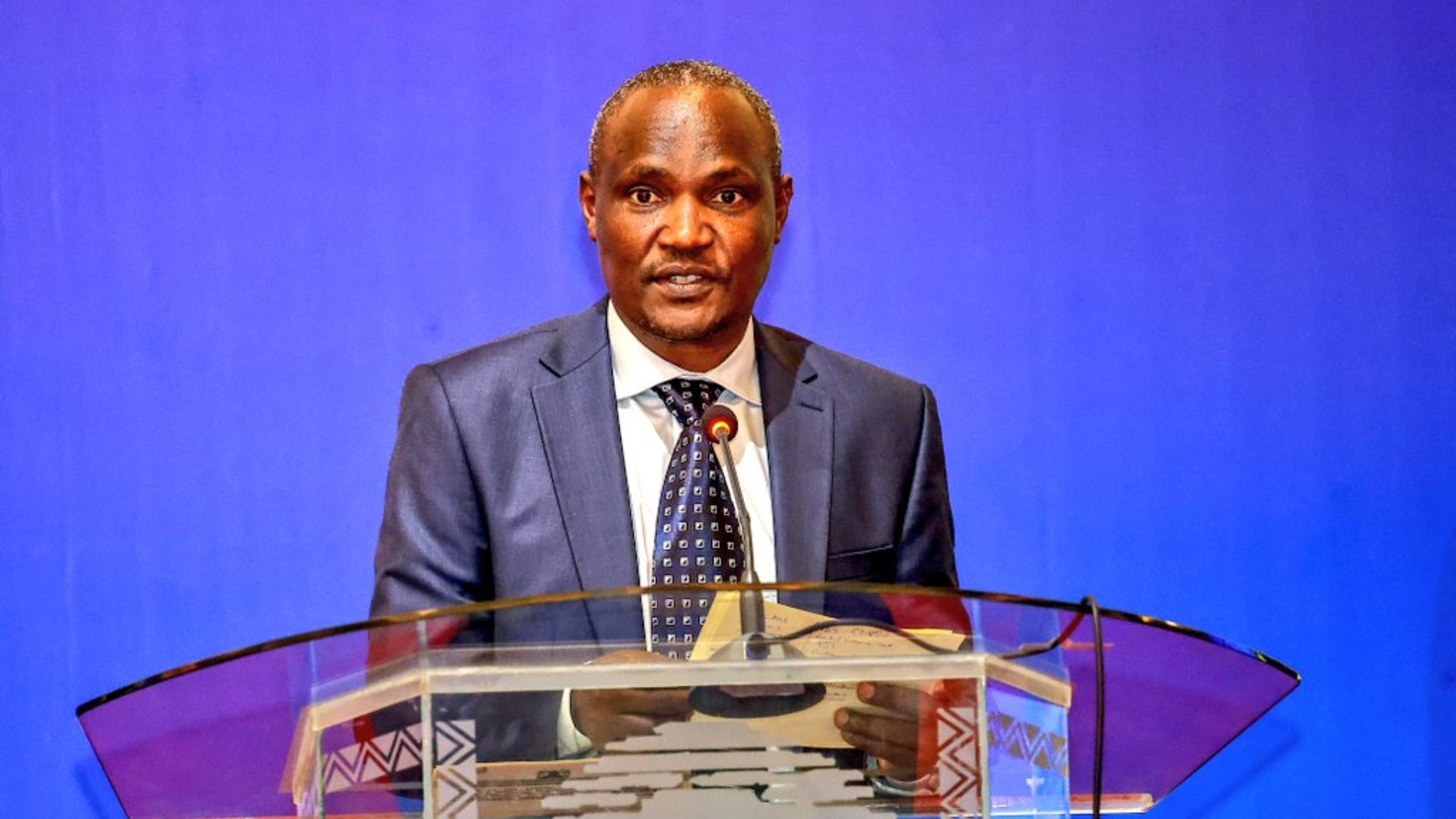Pending bills, domestic borrowing stymie growth

Government spending priorities have come under scrutiny after being identified as the biggest contributor to unpaid bills for goods and services rendered by businesses. This issue, coupled with high expenditure and increased domestic borrowing, has placed a strain on the economy, limiting access to affordable credit for the private sector.
According to the Central Bank of Kenya (CBK) Governor Kamau Thugge, pending bills have reached Sh660 billion this year, comprising both national and county government debts. These unpaid obligations have pushed many local businesses into default on their bank loans, contributing to the high non-performing loan (NPL) rate, currently at 16.5 per cent.
Lower interest rates
Despite the implementation of a Risk-Based Credit Pricing (RBCP) framework, banks have struggled to lower interest rates significantly, restricting the availability of affordable credit to businesses and, by extension, ordinary citizens.
“We have the issue of pending bills both at the county and national levels, these bills are owed to businesses which took loans to facilitate the process and if the government continues defaulting on the loans, they won’t be able to access Loans and this limits the the supply of cash to the economy,” he said yesterday at a meeting with Parliamentarians.
Thugge warned that continued government default on payments would further limit access to loans, reduce cash flow into the economy and affect overall economic stability. He said that Sh246 billion worth of bills has already been reviewed by a task force within the National Treasury assigned to evaluate the pending bills, noting . National Treasury Cabinet Secretary John Mbadi further stated that Sh474 billion has undergone analysis.
Beyond unpaid bills, heavy reliance on domestic borrowing, a practice that has negatively impacted the private sector’s ability to drive economic growth is also an issue affecting growth. The country’s total debt stock stands at Sh11.2 trillion, with domestic debt contributing Sh5.93 trillion, showing slight growth compared to December last year.
Treasury bonds and overdrafts
Treasury bonds account for Sh4.93 trillion (83.3 percent of total domestic debt), Treasury bills make up Sh0.86 trillion (14.4 percent), and other domestic debt—including CBK overdrafts, International Monetary Fund (IMF) funds on-lent to the government, and bank advances—amounts to Sh0.14 trillion (2.3 per cent).
Banks often prefer lending to the government over the private sector due to the lower risk of default, limiting cash circulation within the economy despite multiple interventions aimed at increasing liquidity. This trend has contributed to the high cost of borrowing for businesses, further constraining private sector investment.
“This is very clear, the government doesn’t really default on loans compared to the private sector, so it is easier for banks to make a decision on who to lend. That is why you will find most of them lending the givenment more than to the private sector. This again limits the flow of the cash despite the numerous interventions that we have undertaken,” Thugge explained.
Last week, during a separate proceeding, Mbadi defended the government’s domestic borrowing strategy, arguing that interest rates are influenced by demand for government securities, which remains high among investors.
The CS also revealed that Kenya expects financial support from external sources, including Sh200 million from the African Development Bank (AfDB) and a Development Policy Operation (DPO) facility that will extend Sh750 million from Rwanda’s bank. He emphasized that, despite commercial borrowing being factored into the budget, the government has not yet tapped into it, preferring domestic borrowing.















